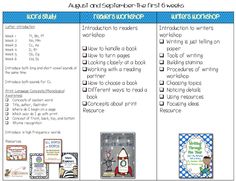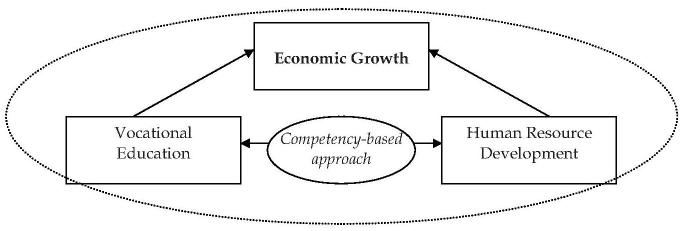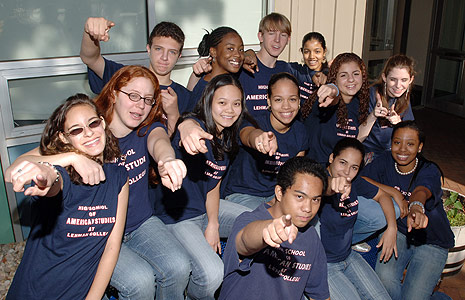
If you're looking for a quality education in New York, charter public schools may be a great option. There are 278 charter schools serving 139,129 students. There are many options available, so it's easy to find the right one for your child.
Success Academy Harlem 1
Success Academy Harlem 1 charter charter school has 1,184 student population, ranking it among the top 30% New York City charter Schools. The school's rigid structure and academic standards result in students who are highly motivated and have exemplary behavior. Students are highly satisfied with the education they receive.
Success network schools have a strict uniform policy. There are no union teachers. School days are longer and there is no excuse for student failure. Parents are expected and required to actively participate in the education of their children. You must attend charter school rallies, help your children get to and back from school, and submit to parent-teacher conferences. Parents are also evaluated on how well they deliver their children to school on-time and participate in conferences. The school also provides daily snack time for the younger grades. Students also receive physical education, block room time, and art and music classes. For students in the youngest grades, however, there are no foreign language classes.

Kings Collegiate Charter School
The COVID-19 pandemic is having a large impact on the standardized testing results at Kings Collegiate Charter School. The school's goal to improve student reading abilities is its primary objective. Students take part in English language classes twice daily and then read with small groups after school. The school is committed in providing an excellent education for all students.
Kings Collegiate Charter School provides education for students in grades 5-8. It is part of Uncommon Schools network. This charter network helps low-income Latinos and black students get the skills they need to succeed in college. The school boasts 15.5 students to every teacher.
Brooklyn Prospect Charter School
Brooklyn Prospect Charter School in Brooklyn, New York is a public school serving 925 students in the grades K-12. The school is part Brooklyn Prospect Charter School and is ranked 314, and 1212, respectively. The school is noted for its high academic standards, diversity, and excellence in teaching. Brooklyn Prospect Charter School makes a great choice in Park Slope for students.
Brooklyn Prospect Charter School offers an international curriculum to prepare students for citizenship. The school has a great faculty that uses the International Baccalaureate to give students the skills to make a positive difference in the world. They promote an appreciation for learning as a foundation for all success.

Dr. Richard Izquierdo Health & Science Charter School
Dr. Richard Izquierdo is a South Bronx charter school that offers challenging and rewarding learning experiences for its students. It prepares its students for a wide range of career options in the health care sector, including EMT certification. The school has a student to teacher ratio of 11:1.
It is nationally ranked 17843, which is among the top 1 percent of all high schools across the country. Over the last five years, its student population of 736 has remained relatively stable. It ranks in the top 10% for reading and math proficiency among all New York City Public Schools.
FAQ
What is the difference between public and private schools?
All students have the right to free education in public schools. They provide education from kindergarten through high school. Tuition fees for private schools are payable by each student. They offer education from preschool to college.
Charter schools can also be found, which are privately owned but are not publicly funded. Charter schools do not follow the traditional curriculum. Instead, they give their students more freedom to learn what interests them.
Charter schools are popular with parents who believe their children should receive quality education regardless of their financial status.
How do I select my major?
Students choose their majors according to their interests. Students may choose to major in the subject they are most passionate about because it is easier than learning something else. Others wish to pursue a career that is not available. Others decide to major because they want to earn money while studying. No matter what your motivations, it is important to consider the job that you may be interested in after graduation.
There are many ways you can find out more about different areas of study. You could talk to someone in your family or friends about their experiences in these areas. You can check newspapers and magazines to see if any jobs are listed. Ask your guidance counselors at your high school for information about possible careers. Visit Career Services at the local library or community centre. Check out books on various topics from your public library. Use the Internet to find websites related to particular careers.
How much does homeschooling cost?
Homeschooling comes with no fees. Some families charge between $0-$20 per lesson. Others offer their services free of charge.
However, homeschooling does require dedication and commitment. Parents must make time for their children.
They need to have access books, supplies, or other learning materials. To supplement their education, homeschoolers may need to use community programs and events.
Parents need to consider costs such as transportation, tutoring, and extracurricular activities.
Homeschoolers must also plan ahead to take part in field trips, vacations, or special occasions.
What is the difference between school and college?
Schools are often divided into classes or grades, with one teacher teaching a class of students. Colleges are larger institutions that offer more specialized programs and include many university-level courses. Colleges may focus more on business and science while schools will usually only teach basic subjects. Both levels of education are designed to prepare students for higher-level study.
Statistics
- Globally, in 2008, around 89% of children aged six to twelve were enrolled in primary education, and this proportion was rising. (en.wikipedia.org)
- Data from the Department of Education reveal that, among 2008 college graduates, 92.8 percent of humanities majors have voted at least once since finishing school. (bostonreview.net)
- In most developed countries, a high proportion of the population (up to 50%) now enters higher education at some time in their lives. (en.wikipedia.org)
- Think of the rhetorical power of nineteenth-century abolitionist Harriet Beecher Stowe, Martin Luther King, Jr., or Occupy Wall Street activists with their rallying cry of “we are the 99 percent.” (bostonreview.net)
- And, within ten years of graduation, 44.1 percent of 1993 humanities graduates had written to public officials, compared to 30.1 percent of STEM majors. (bostonreview.net)
External Links
How To
How do I apply for scholarships?
Apply for scholarship funding first. You must meet certain criteria to be eligible for scholarships.
You may also be eligible for a grant if your family is financially poor. A vocational training course can be eligible to qualify you for work-study programs. You may also be eligible for a grant if you belong to a minority group.
You can then apply for scholarships after you have made a decision about your eligibility.
Online, in-person, or by phone, you can apply. The process of applying varies according to the scholarship.
You may be required to write essays on yourself and the reasons you are applying for scholarships. Others ask questions like, "Why did you choose this major?"
You will need to complete an application form for most scholarships and provide supporting documents.
Your scholarship provider will examine the information that you submit. If you have been selected, you will be notified either by email or mail.
If you are not chosen, you still might qualify for another scholarship. Contact your scholarship provider for details.